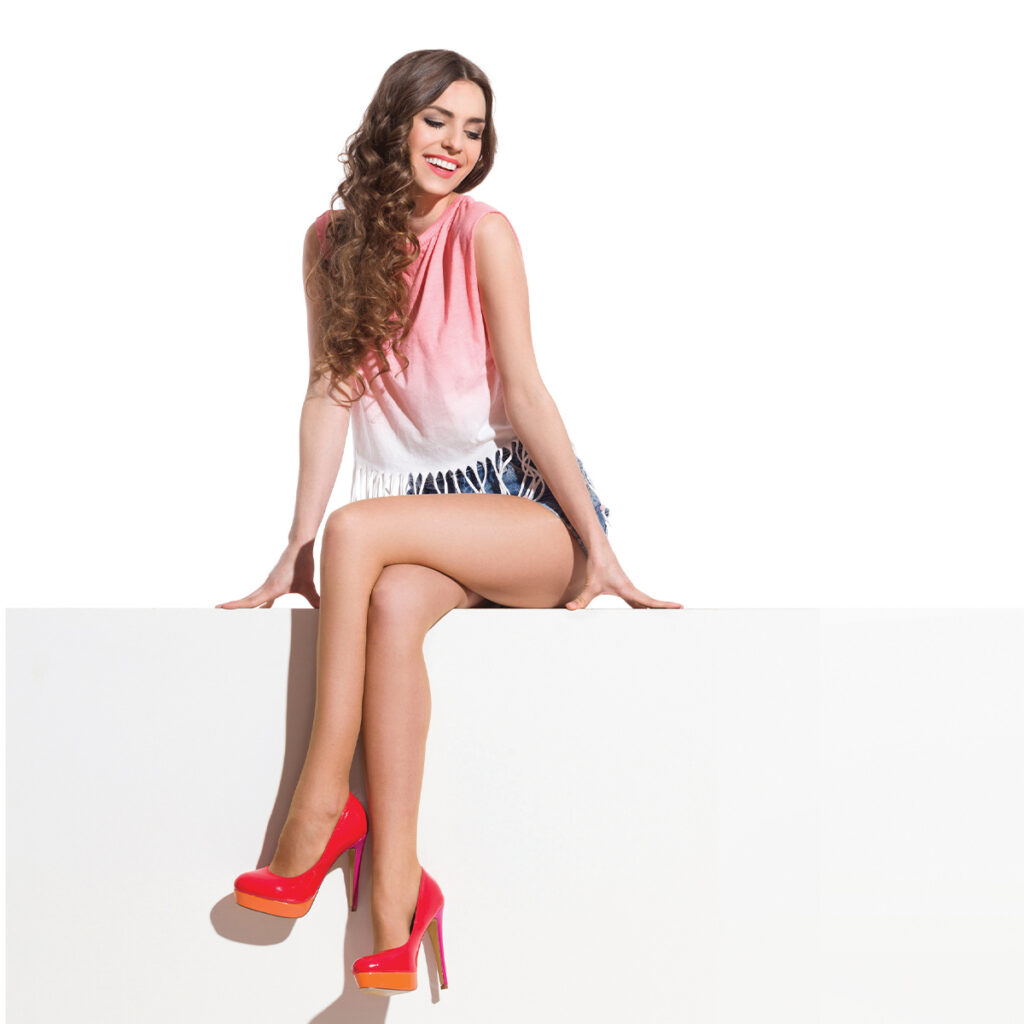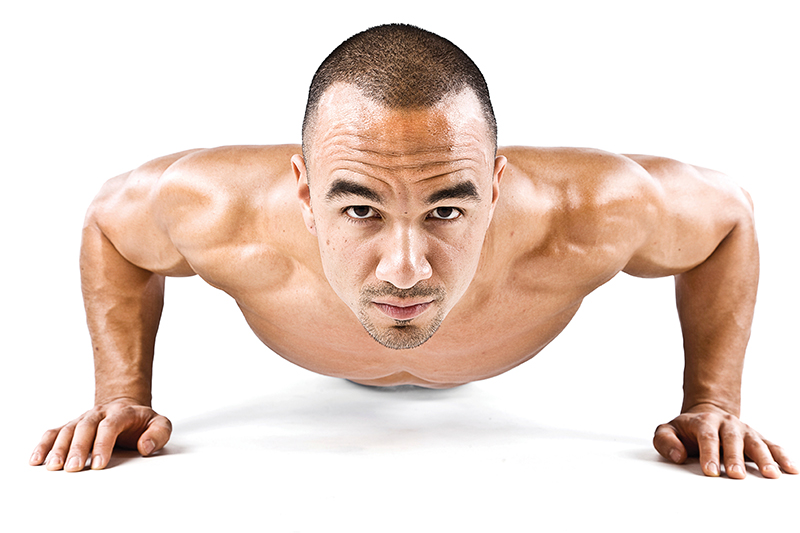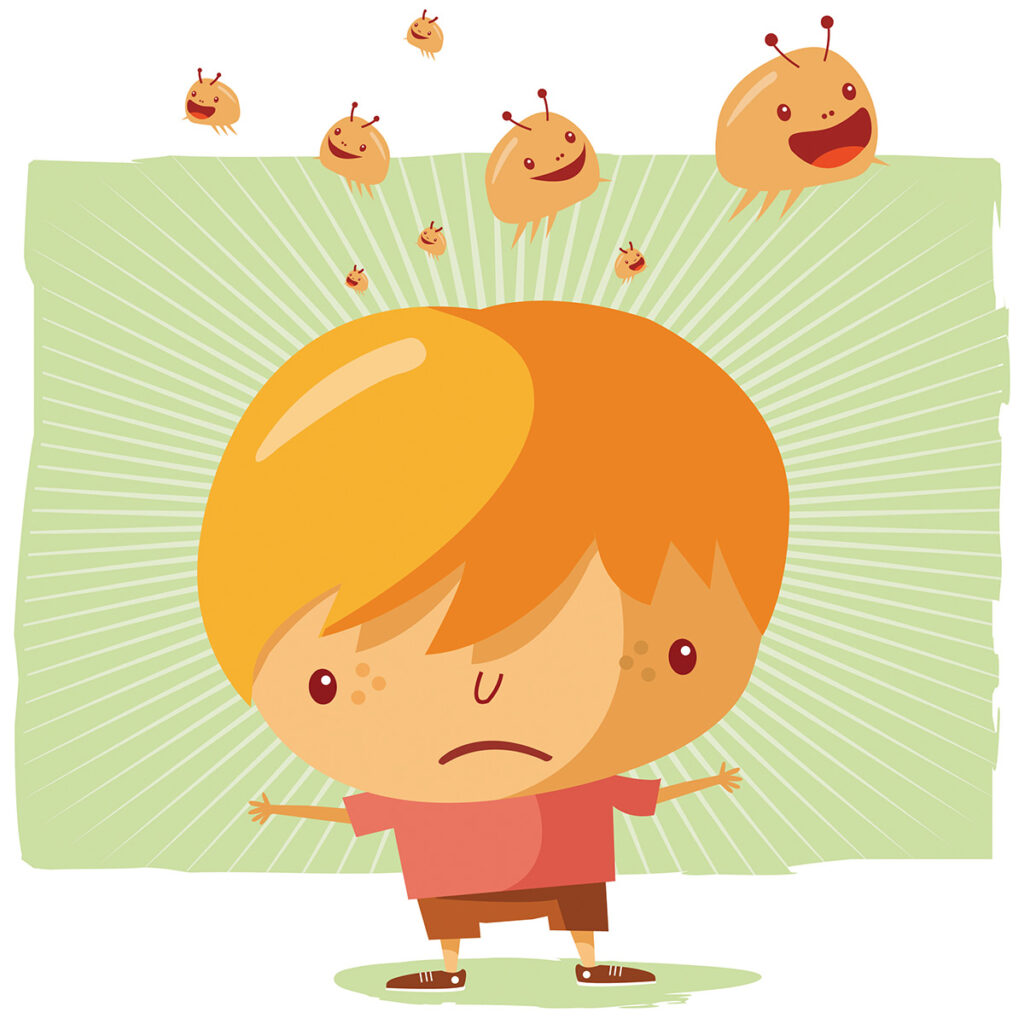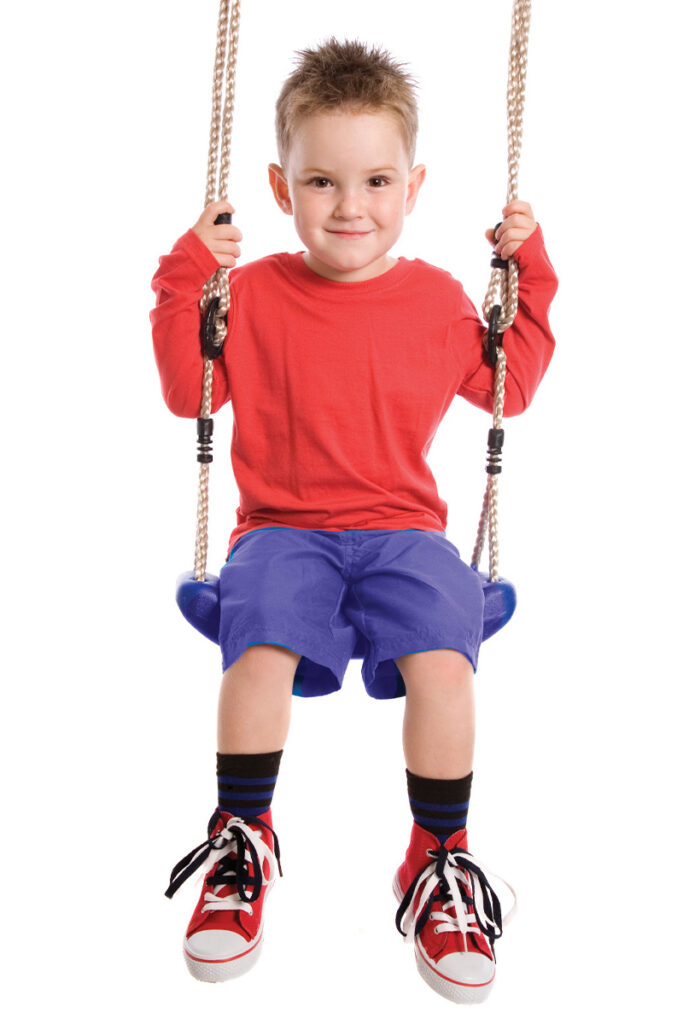For Her
Not So Hot to Trot: The Harm in High Heels
According to The American Osteopathic Association, one in 10 women wears high heels at least three days a week, and up to a third of women suffer from permanent problems resulting from prolonged wear. What kinds of problems could your favorite stilettos be causing?
Anything from ingrown toenails to irreversible damage to leg tendons, nerve damage, and bunions. But that’s not all. Perpetually wearing high heels is also believed to cause overworked or injured leg muscles, osteoarthritis of the knee, plantar fasciitis, and low back pain, according to The American Osteopathic Association.
If you can’t bear the idea of parting with your pumps, there are a few things you can do to lessen the damage. They include:
- Taking it down a few notches. Opt for a thicker, shorter heel.
- Wearing soft insoles to reduce impact on your knees.
- Limiting high heel wear to days when you won’t be standing or walking much.
- Switching to flats when commuting.
- Making sure to wear the correct size shoe.
Source: The American Osteopathic Association

If Your Pee Could Talk
What Your Urine Hue is Telling You
If you don’t give your urine a second thought, think again. The Cleveland Clinic breaks down the different shades your urine might be, and what they might be telling you.

- Clear – If your urine is clear, you may be drinking a bit too much water.
- Pale Straw Color – This is what you should strive for. It means you’re healthy and well-hydrated.
- Transparent Yellow – This is pretty typical.
- Dark Yellow – This is also normal, but you’ll want to drink water soon.
- Amber or Honey – It’s time to drink a big glass of ice water. Your body isn’t getting enough.
- Syrup or Brown Ale – This could indicate liver disease or severe dehydration. Start drinking plenty of water to see if it persists.
- Orange – This could indicate dehydration, or a liver or bile duct condition.
- Pink to Reddish – This could indicate blood in your urine, kidney disease, tumors, urinary tract infections, prostate problems, or even mercury poisoning. Or, it could just be that you recently ate beets, blueberries, or rhubarb. Discuss with your doctor.
For Him
Common Gym Injuries
And How to Prevent Them
According to Men’s Fitness, there are a few common injuries that occur during gym exercise. If you regularly work out, you may be at risk for one of the following.
- Lower Back Injury: If you work a desk job throughout the day and then hit the gym, your lower back may suffer. Don’t forget to stretch throughout the day, which will help strengthen your upper back (thus putting less pressure on the lower back) and make up for hunching at your desk.

- Foot & Ankle Injury: To avoid this type of injury, be sure to choose the perfect running shoe. Make sure it isn’t too high in the heel, so that impact is evenly distributed through the whole foot. The right shoe can also prevent anything from planter fasciitis to bunions.
- Shoulder Injury: Shoulder injuries might just have the keyboard to blame. The arms internally rotate (turning the thumb to the front or downward) when typing, which places pressure on the shoulder joint. Hitting the gym and performing chest and shoulder exercises that create that same inward rotation (i.e. pushups, shoulder press, chest press) then contributes to overuse of the rotator cuff. Create balance for your shoulders with exercises that encourage external rotation (turning the thumb to the back or upward). For example, a cable row naturally rotates your palms away from you.
Source: Men’s Fitness
Excessive Sweating
Do you have hyperhidrosis?
Hitting the gym, mowing the grass, and even getting caught in stressful situations are all reasons men may sweat a lot. But what does it mean when your sweat seems extreme? Primary hyperhidrosis is excessive sweating that is not caused by another medical condition. This type of excessive sweating is caused by overactive sweat glands and usually involves the hands, feet, underarms, and face. Primary hyperhidrosis can create heavy sweating to the point of sweating through clothes and even difficulty with daily tasks like using a keyboard or doorknob.
If you think you may suffer from primary hyperhidrosis, tests can diagnose the disorder so that proper treatment can begin. Two types of tests include:
- Paper Test: In this test, special paper is placed on the affected area to absorb sweat. The weight of the paper determines how much sweat was absorbed.
- Sweat Test: In this test, an iodine solution is applied to the sweaty area, with starch being sprinkled on after it dries. The combo turns dark blue when there is excess sweat. If it is determined that you have primary hyperhidrosis, your doctor may recommend certain medications, botox injections, or electrical stimulation.
Source: Medline Plus
For the Whole Family
Dry Skin
Keep Smooth this Fall
Dry skin is an uncomfortable condition marked by skin that appears dehydrated, peeled, irritated, and inflamed. If you experience any of these skin issues, you could have a myriad of things to blame. Some causes of dry skin include harsh soap, itchy clothes, and long hot showers or baths. Another potential cause? The dry, cool, windy weather that fall brings. Here are some ways to treat and soothe dry skin.Take shorter showers or baths. Hot water increases the loss of the skin’s natural oils, worsening skin’s dryness. Don’t forget to moisturize after your shower.
- Choose a non-alcohol-based moisturizer.
- Look for a mild, sensitive soap.
- Use a humidifier in your home during cool, dry weather.
- Stay well hydrated.
- Avoid uncomfortable, itchy clothes.
Source: American Skin Association

Go Light When You Grab a Bite
Today, the average American eats away from home four times a week, and studies have shown that this can translate into gaining an extra eight pounds. Research shows that the money spent on food away from home in the United States has increased from 26% of our total food budget in 1960 to 49% in 2011.
For the Kids
Super Strain Lice
How to Prevent It
If you’ve seen the latest news on lice, you may know that a super-strain has spread to 25 states, including Tennessee.
The new strain, resistant to most over-the-counter treatments, has evolved to survive the chemicals that previously caused their demise, making it especially important to prevent lice before it starts.
To keep your child’s hair lice-free this school year, follow these steps.
- Remind them to avoid head-to-head contact.
- Make sure they know not to share items such as hats, headphones, coats, brushes, and hair accessories.
- Encourage your child to avoid shared spaces where multiple students’ hats and clothing are stored.
- In addition to these preventive measures, some over-the-counter products claim to repel head lice. These products will need to be used regularly to maintain their effects and ensure a lice-free school year.
Source: The Mayo Clinic

Playground Safety
Injury-Free Fun
With cool and crisp fall weather approaching, it’s the perfect time of year for playground fun. But all that glitters isn’t gold – safety hazards can be looming all around the slides, swings, and seesaws.
- Beware of hot surfaces. Metal slides, bars, and swings can reach high temperatures when exposed to the bright direct sunlight that’s common on clear fall days. Test the metal with your hand first to make sure it’s a safe temperature for your little one, and teach them to do the same.
- Check for soft landings. If your neighborhood playground is filled with cement, asphalt, dirt, or grass, it might be time to consider finding a new place to play. These hard landings can cause major injuries, thanks to their subpar shock absorption. Look for a playground with surfaces like shredded rubber, wood chips, sand, pea gravel, or rubber tiles instead.
- Take helmets off. It may seem like the opposite of what you’ve always been told, but when it comes to the playground, it’s time to set the helmet aside. Helmet straps can catch playground equipment, which can potentially lead to asphyxiation.
Source: Parenting.com

